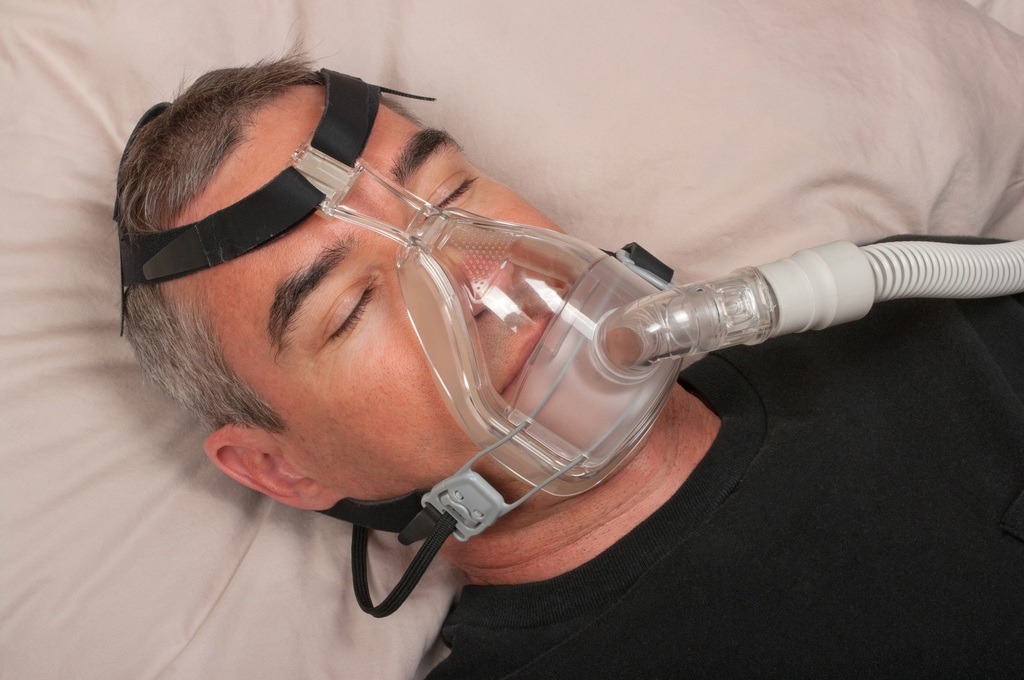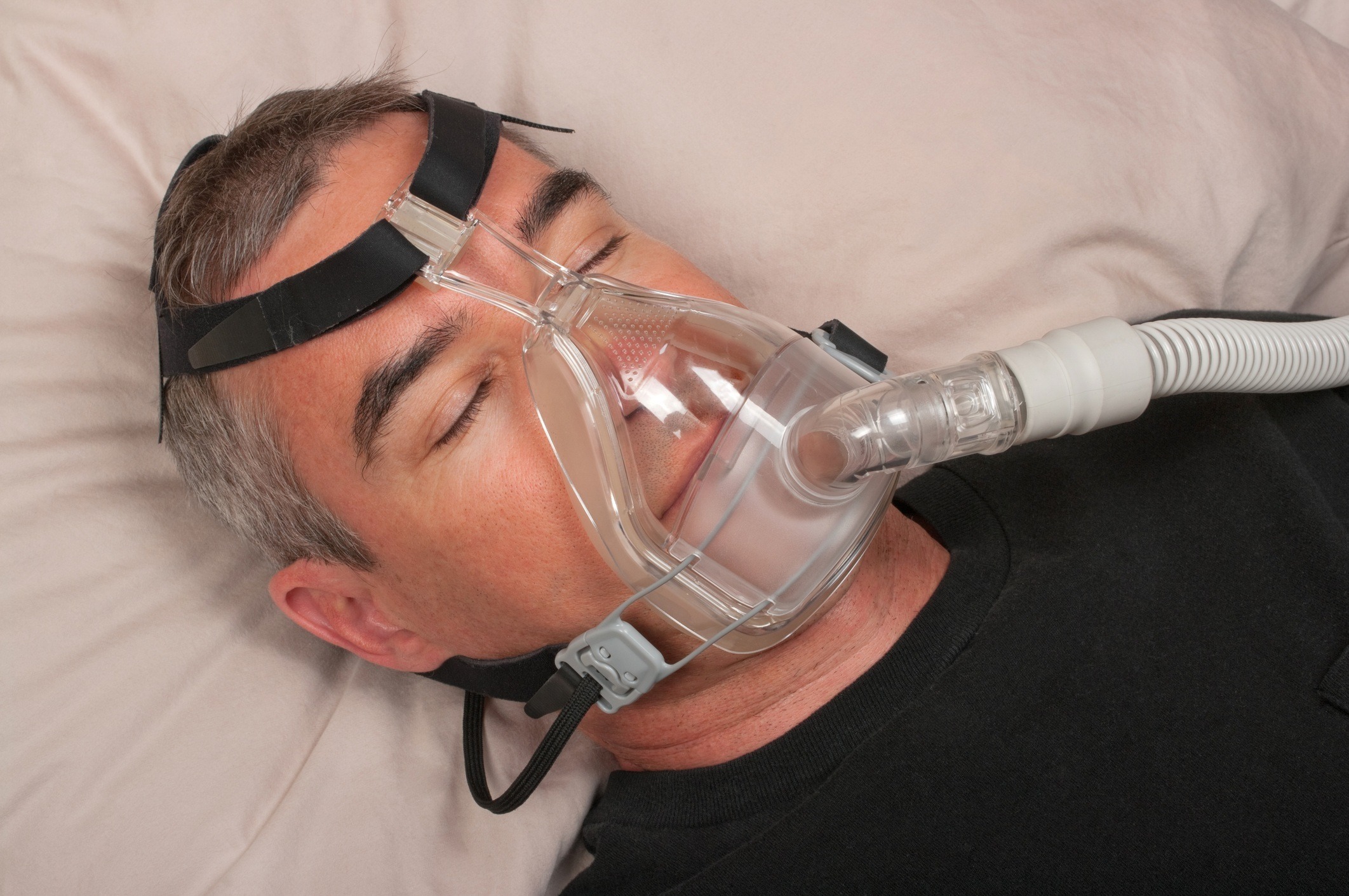Introduction to obstructive sleep apnoea
This briefing arose from a campaign by Unite lorry drivers in the North East of England who wanted to raise awareness about obstructive sleep apnoea (OSA) for professional drivers.
Feeling tired at work may be for a variety of reasons, not necessarily because they are suffering from OSA, and they should seek advice from their GP.
Proper and early diagnosis of any condition along with appropriate medical treatment from the NHS is essential for members' continued health at work. Seeking medical advice is also important to ensure that professional drivers can comply with the DVSA medical standards - self-diagnosis is not a suitable option.
More...
What is Obstructive Sleep Apnoea?
OSA is a serious. potentially life-threatening condition that is far more common than is generally understood. Obstructive sleep apnoea (OSA) is a breathing disorder characterised by brief interruptions of breathing during sleep. It owes its name to a Greek word, apnoea. meaning "without breath".
As we go to sleep, the muscles of the throat relax as a normal part of the sleep process. In individuals with OSA, this relaxation progresses to the point where the passage for air is partially or completely blocked, dramatically reducing or stopping airflow into the lungs.
This causes an increase in Carbon Dioxide levels and the brain responds by waking up the individual for a short while to open the air passage. Breathing begins again, but the natural sleep cycle is interrupted.
Having OSA means that a person can stop breathing for periods when asleep. These interruptions (apnoea). which last for 10 seconds or more, occur when the airway narrows so much that it closes. These stops breathing, and the brain reacts by briefly waking up, causing the airways to re-open and breathing to restart.
The individual is usually unaware of this awakening and this process can be repeated up to several hundred times during the night. Proper restful sleep becomes impossible, resulting in sleepiness and impairment of daytime function. Early recognition and treatment of OSA is important.
The excessive sleepiness associated with OSA impairs quality of life and places people at increased risk of road traffic and other accidents.
It may also be associated with irregular heartbeat, high blood pressure, heart attack and stroke, impairment of cognitive function and mood and personality disorders.
Who suffers from Obstructive Sleep Apnoea
Apnoea occurs in all age groups and both men and women; although it is more common in middle aged men. OSA affects an estimated 4% of the male and one percent of the female middle-aged population.
Recent research has suggested that the disorder is much more prevalent in the transport industry. A 2005 study found that 16% of HGV drivers in the study has OSA and a corresponding increased risk of accidents.
Other studies found that drivers with OSA have a 2 to 13-fold increase in accident rates. The risk of an accident for an OSA sufferer appears to be greatly increased. Further studies show that approximately 33% of OSA sufferers have had an accident in the past 5 years, with 19%-27% of OSA patients admitting to falling asleep at the wheel. UK research estimated that 20% of all motorway accidents are caused by sleepiness.
If untreated, OSA is a major threat to nightly rest. People most likely to have or develop OSA include those who snore loudly, are overweight, have high blood pressure, or have a physical abnormality in the nose, throat, or other parts of the upper airway. If left untreated or undiagnosed the results can be tragic.
Stimulants (like coffee) taken to counter the effects of tiredness but is not a substitute for sleep. The regular use of stimulants by individuals may be a clue to the existence of an underlying sleep disorder. Ingestion of alcohol, sleeping pills, or smoking, can exacerbate OSA.
What are the signs and symptoms of Obstructive Sleep Apnoea?
If you. or someone you know, snores nightly and has one or more of the following signs or symptoms. OSA may be the cause (though there may also be other reasons).
Common signs and symptoms of OSA include:
- Excessive daytime sleepiness
- Nightly snoring interrupted by pauses in breathing
- Falling asleep when you shouldn't - at work, while driving, etc.
- Loss of energy, fatigue
- Choking and gasping during sleep
- Restless sleep
- High blood pressure
- Neck size greater than 17" in men, 16" in women
- Being overweight
- Depression
- Having trouble concentrating
- Irritability
- Forgetfulness
Risk Factors for Obstructive Sleep Apnoea
- Some studies have shown that a family history of OSA increases the risk of OSA two to four times.
- Being overweight is a risk factor for OSA, though not all individuals with OSA are overweight.
- OSA is more likely to occur in men over 40 than in women, but it can affect people of all ages.
- Abnormalities of the structure of the upper airway contribute to OSA.
- OSA may be more common amongst certain ethnic groups (African, Mexican, Aborigines)
- Smoking and alcohol use increase the risk of OSA.
Treatments for Obstructive Sleep Apnoea
Treatment can include:
Lifestyle changes - weight reduction and reduction of alcohol consumption
Oral appliances
In a small number of cases surgery may have a place if there is a definite anatomical cause though a variety of treatments are available.
Continuous Positive Airway Pressure (CPAP) therapy is the most common and effective treatment for OSA. The individual wears a mask over the nose or mouth during sleep and gentle pressure from a quiet air blower forces air through the nasal passages.
The CPAP machine adds gentle pressure to the air as it is breathed in. This prevents the airway from collapsing and stops obstruction during sleep.

Your Next Step
Restful sleep is required for a normal healthy life Daily wakefulness should be effortless and free from unintended sleep episodes. Excessive sleepiness is far more common than often realised and can be dangerous.
If you or someone close to you regularly shows the signs of excessive sleepiness, or complains of constantly feeling tired
get help from your GP. OSA can be simply screened, diagnosed and treated.
Treatment of OSA is effective, affordable and uncomplicated.
Important
This article only provides general information about OSA Individuals should contact their GP for medical advice about OSA and the NHS treatment which is available.
Sources of further information
Loughborough Sleep Research Centre/Awake www.awakeltd.info/
National Institute for Health and Care Excellence (NICE) guidance on CPAP and OSA www.nice.org.uk
Unite Health and Safety Unit. Direct Line: 020 7611 2596 e-mail: [email protected]
Reference:
Len McCluskey, General Secretary Unite House. 128 Theobalds Road
London WC1X8TN


